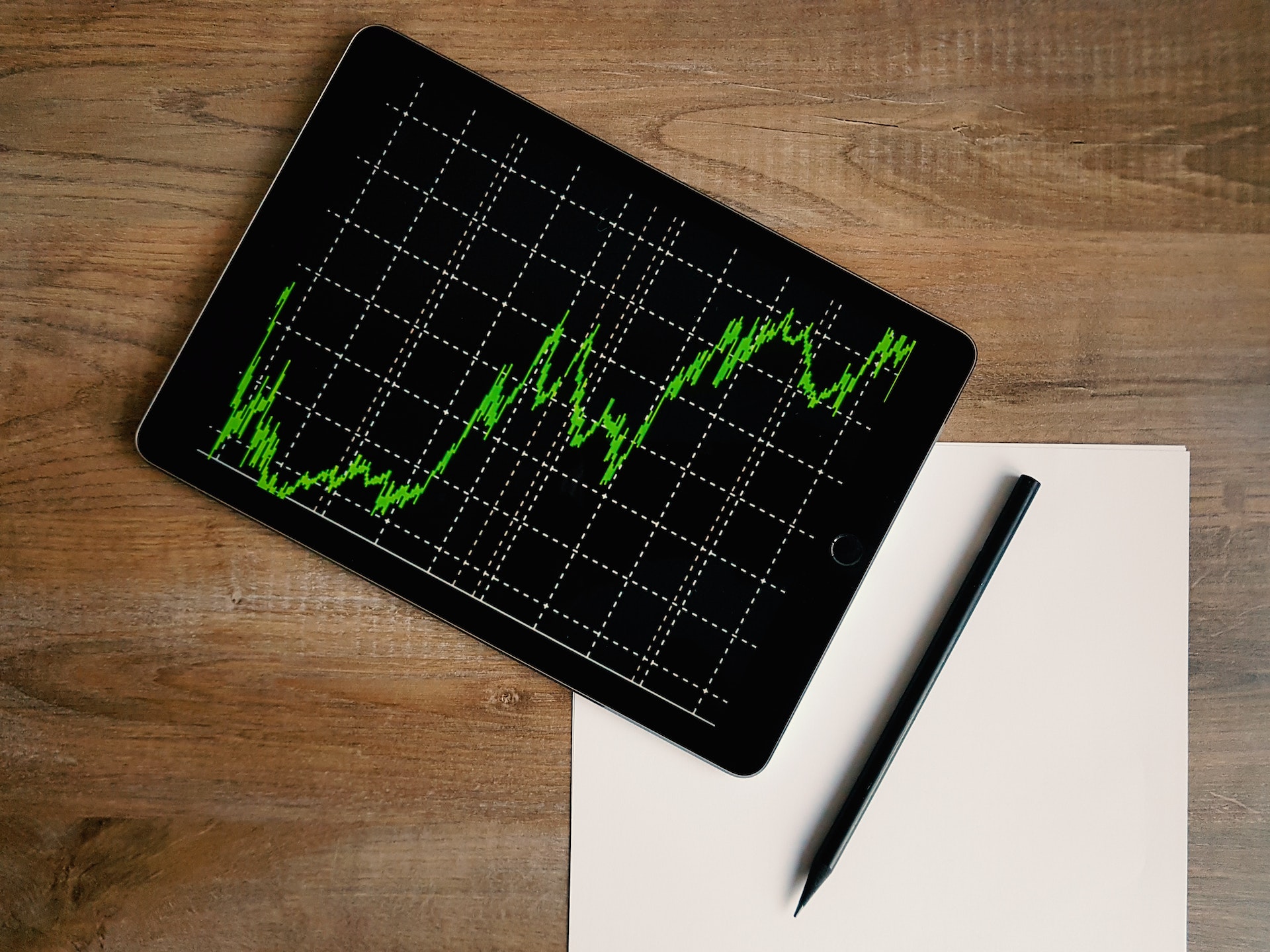Your Money: Measuring a Stock’s Intrinsic Value

Value investing requires you to find out a stock’s intrinsic value. There are four ways to calculate it.
When something is priced high, it is natural to assume it has high value. The world of investment works differently. Retail investors tend to chase highly priced stocks, glibly unaware that they may in fact be buying a stock of low intrinsic value. Value investment is a school of investing that deals with precisely this phenomenon.
The essence of value investment lies in identifying stocks that are undervalued by the market, and investing in those stocks. The basic premise is that the market has somehow not recognised the true or real value of such stocks. Eventually, when the true or real value of the stock gets recognised by the market, then the market price of each share of that stock would rise. Such stocks are called value stocks. This true or real value of the stock is called the “intrinsic value” of the stock.
Therefore, value investment involves identifying those stocks whose intrinsic value is greater than its market value and picking up those stocks, typically for a long-term investment. Value investors typically realise super-normal returns when their value investment strategy pays off.
Measures of intrinsic value of a stock
Determining the intrinsic value of a stock involves some fundamental analysis. Below are some of the oft used measures of a stock’s intrinsic value:
1. Book Value Per Share (BVPS): One of the handiest measures is Book Value Per Share. The Book Value of a stock is given by: Book Value = Total assets – Intangible assets – Total liabilities
BVPS = Book Value / Average number of shares outstanding
2. Enterprise Value (EVPS): A company’s intrinsic value can be determined by assessing the value of its assets; i.e., its Enterprise Value. Since it is difficult to determine this directly, Enterprise Value can be determined by assessing the market value of its equity (market capitalisation) and market value of its net debt. Thus, a company’s Enterprise Value goes beyond just its market capitalisation. It is given by: Enterprise Value = Market capitalisation + Market value of its debt – Cash & equivalents; where, Market capitalisation = Market Value Per Share (MVPS) x Number of shares outstanding
EVPS = Enterprise Value / Number of shares outstanding
EV of a company can also be determined using the Discounted Cash Flow (DCF) method.
3. Net Current Asset Value Per Share (NCAVPS): The Net Current Asset Value (NCAV) of a company is its liquidation value if it were to be sold. It does not include intangible assets like patents, goodwill, brand value, or intellectual property.
NCAV = Total assets – Intangible assets
NCAVPS = NCAV / Number of shares outstanding
4. Ben Graham Number (BGN): Benjamin Graham, the father of value investing, came up with a measure of intrinsic value of a company, called the Ben Graham Number, which involves the company’s Earnings Per Share (EPS), and is given by: Ben Graham Number = Square root (22.5 x EPS x BVPS)
Most of the data required to compute these measures would be available in audited results of the company or in paid research databases.
How to identify undervalued stocks
Value investors can use any or all the measures above to identify undervalued stocks. A stock is said to be undervalued if its MVPS is lesser than any of the four measures of intrinsic value discussed earlier, or if its MVPS is less than 67% of its BVPS and is less than 67% of its NCAVPS.
Some limitations may apply. For example, the BVPS measure may not work well with non-capital-intensive firms. The EVPS measure may require accurate forecasting of cash flows if computed using the DCF method. The BGN measure may need to be modified to reflect what constitutes a “good P/E ratio” and a “good P/B ratio” today.
This article was originally published in The Financial Express